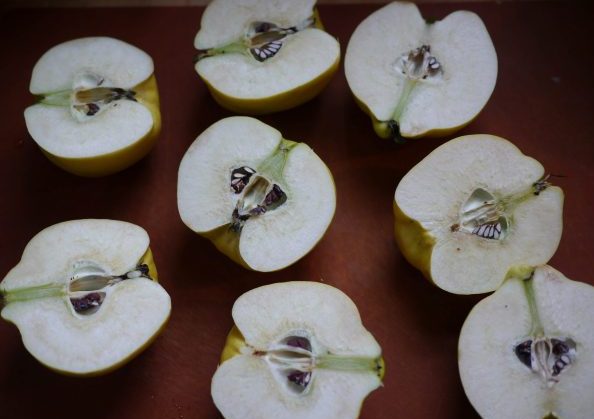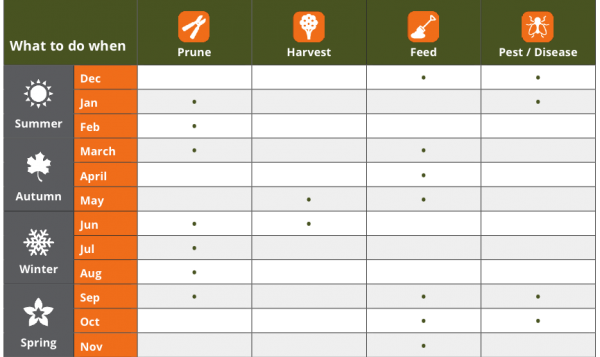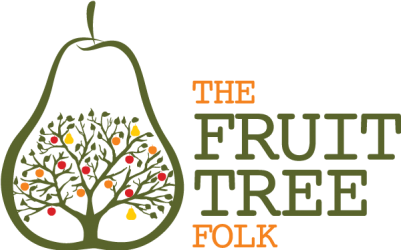
Common Name: Quince
Botanical name: Cydonia oblonga (C. vulgaris)
Summary
A hardy deciduous shrubby small tree (4-7m) with ornamental quality in the Rosaceae Family.
Originating in Western Asia before spreading into the Mediterranean and the Middle East. In ancient times, it was referred to as ‘The Golden Apple’ and is historically thought of as the ‘forbidden fruit’, from Adam and Eve fame. An ancient fruit which has declined in popularity over the centuries.
Still grown and used by the Italian and Greek communities in southern Australia.
Likes
- Semi-neglect
- Reasonably sunny position
- Hardy to frost
Doesn’t like
- Wind
- Bruising fruit
Flowers in
Late spring
Fruits in
Late summer – autumn
Care
Planting
Bare rooted in winter.
Pollination
Self-fertile.
Pruning
Winter – summer. Can be trained to espalier, low branching open vase, pyramid or spindle. If left unpruned becomes a tangled thicket with little fruit or foliage.
Disease and pest management
Fungal quince fleck, Bordeaux spray at bud burst. Codling moth, light brown apple moth and oriental fruit moth.
Moisture
During flowering and fruit set and as fruit ripen. Not as thirsty as apples.
Feeding
Autumn and spring.
Harvesting
April – June with bright yellow skin and powerful characteristic aroma.


